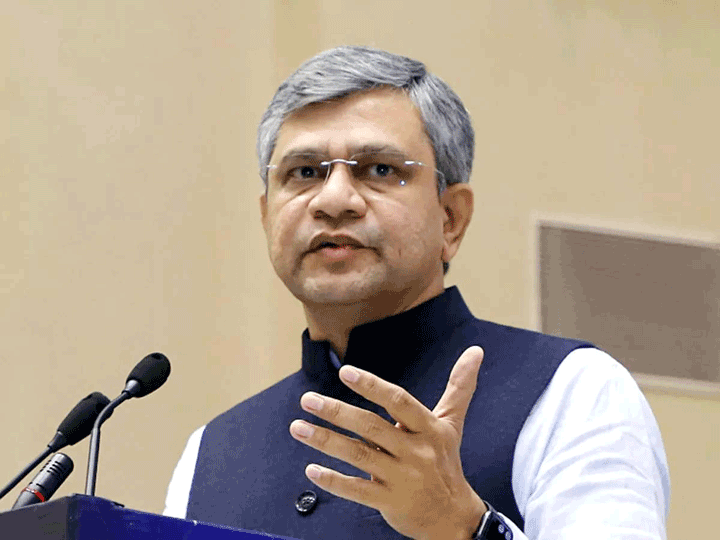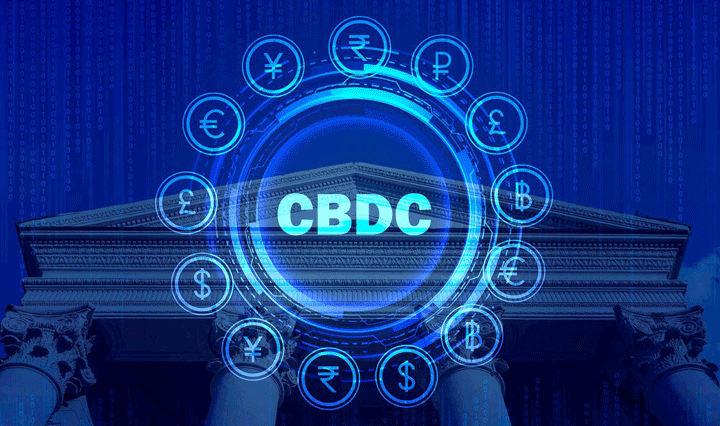A cap on UPI transactions could hold digital India back
While India entered a technical economic recession in the first half of 2020-21, some sections of the bureaucracy seem unaware of the situation on the ground and continue to announce policies without due consideration of their potentially adverse impact on businesses and the Indian economy. The National Payments Corp of India (NPCI), in its ‘Guidelines on Volume Cap for Third Party App Providers (TPAPs) in UPI’, imposed a 30% volume-based cap on the share of transactions by TPAPs and payment service providers (PSPs), effective from January 2021. The NPCI guidelines merely state that this cap is required to address the risks analysed by it, without elaborating the nature of risks or explaining how a cap would effectively address them. In my view, there are five big reasons that this decision is not only ill thought out and ill-timed, but runs the risk of creating a significant disruption in a burgeoning industry that can act as a foundation for Digital India’s growth.
Volume-based caps undermine the goal of establishing a cashless economy: In October 2020, our Unified Payments Interface (UPI) ecosystem had nearly 2 billion transactions. The growth and recognition of UPI would not have been possible had a cap been in place.











